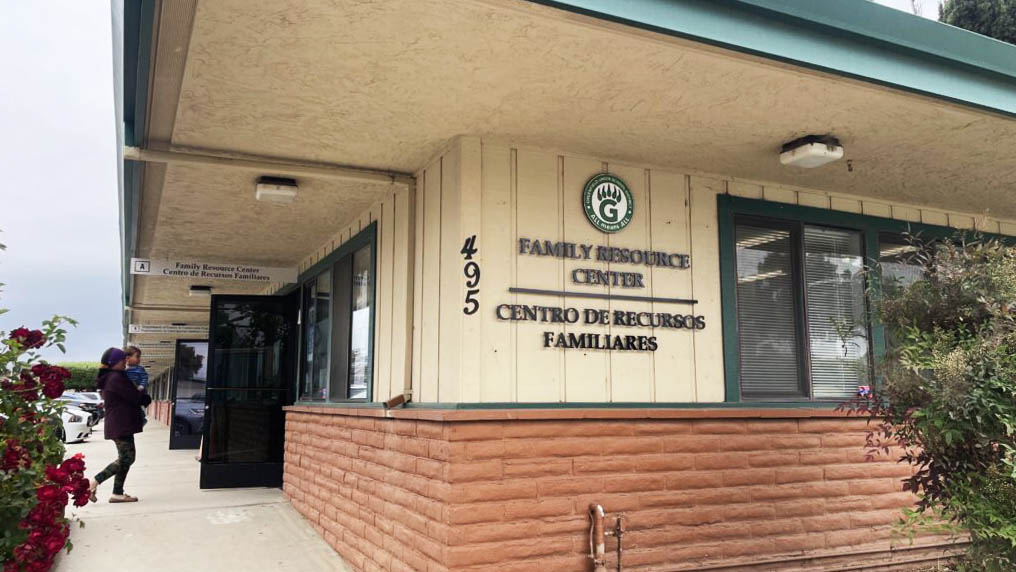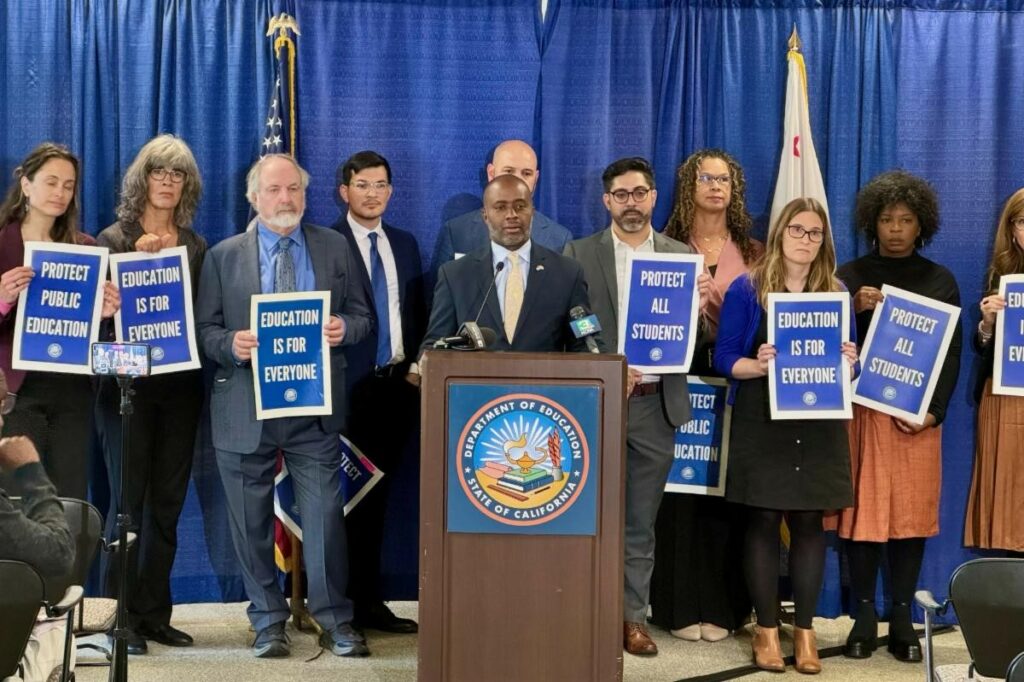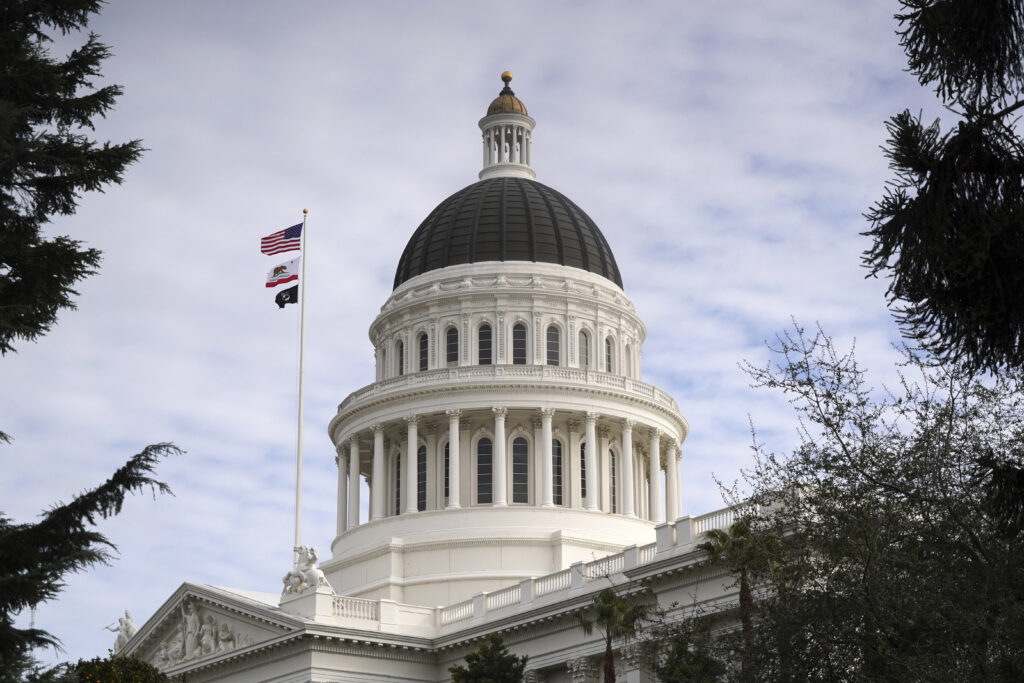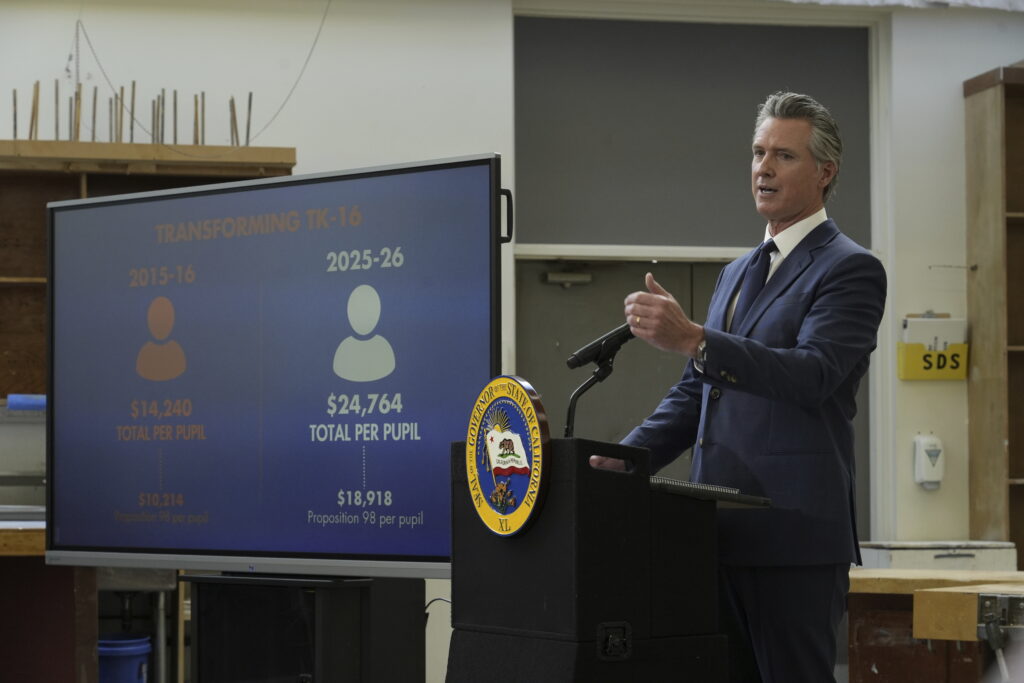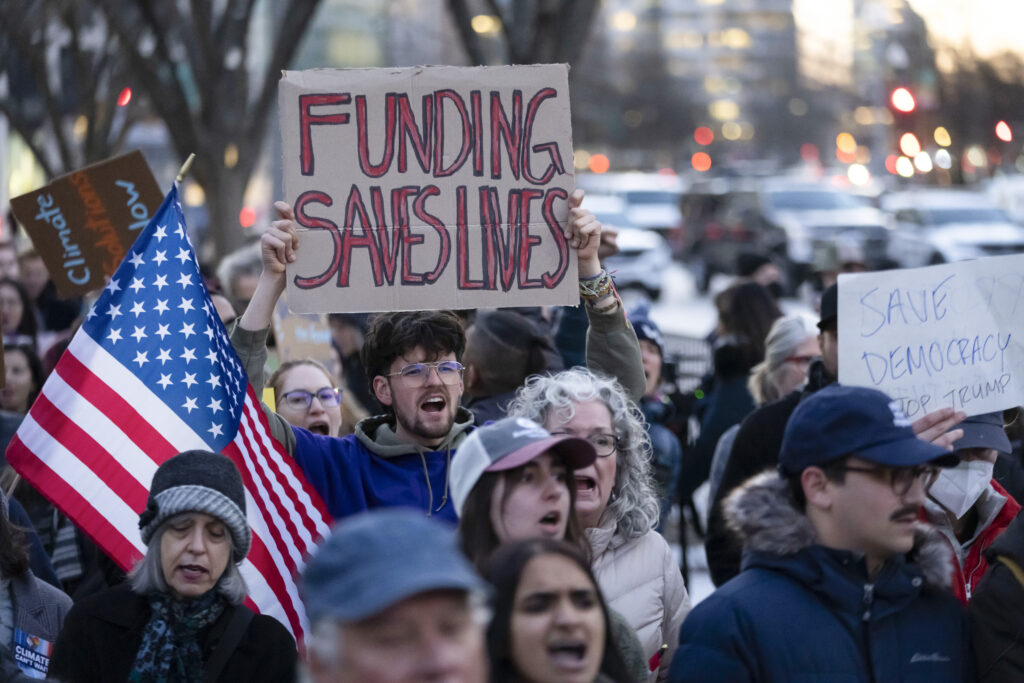
Family Resource Center in Greenfield, CA, where families go for assistance with basic needs. The school district is located in southern Monterey County.
Credit: Betty Márquez Rosales / EdSource
Less than two months into this school year, three families seeking shelter in Monterey County asked for motel vouchers from their children’s schools and were turned away. The vouchers, along with several other services for students experiencing homelessness, are no more.
The families sought help from the schools because, in the past, that was where the county’s homeless liaison had provided them with vouchers for short stays at local motels, temporarily sheltering their homeless families with the ultimate goal of getting them into permanent housing.
But the funds that paid for those vouchers had come from a federal program, the American Rescue Plan-Homeless Children and Youth, known as ARP-HCY. The historic allocation of $800 million for schools nationwide, of which California received $98.76 million, was one-time pandemic-era funding that must be committed by the end of this month and used by the end of January 2025. There is a possibility for schools to receive an extension on the timeline to spend the funds, though they won’t receive additional amounts.
There is no plan either at the federal or state level to replace those funds at anywhere near the same level.
“There is a fair amount of heartache because the needs are high, and higher than they were even before the pandemic, and homelessness is always a crisis,” said Barbara Duffield, executive director of youth homelessness nonprofit SchoolHouse Connection. “The prospect of the additional funds to meet those heightened needs going away is demoralizing. It’s true everywhere, but I think particularly true in California, where homelessness is unabated, to say the least.”
In preparation for the fiscal cliff, homeless liaisons — school staff tasked with identifying and supporting students experiencing homelessness — are ending some services for students that they’d begun offering during the pandemic, laying off staff, and braiding together other streams of funding.
Rising rates of child homelessness as the funding to address it decreases
Homeless liaisons have long rung the alarm of rising child homelessness, and their concerns are not without merit. The rate of student homelessness in California rose by 9% during the 2022-23 school year from the year prior. Child poverty in the state also increased in 2023 for the third year in a row and, at 19.2%, is now higher than its pre-pandemic rate of 18.6%, according to a recent analysis published by the California Budget and Policy Center.
There was a significant dip in student homelessness rates at the peak of the pandemic, which was followed by a sharp increase, once schools reopened. Experts attribute this dramatic shift to the identification efforts by liaisons. While some of the increase can be attributed to rising homelessness amid skyrocketing rent prices and inflation, it is also in part due to the staff hired with ARP-HCY funds whose jobs were to figure out which students were homeless and to connect them with resources.
Liaisons have also resoundingly cited a critical issue: There is no dedicated, ongoing funding for their work, which they say impedes their ability to implement long-term programming, hire staff and build out preventive measures to help families avoid homelessness.
“The money that we received is the money that we should be receiving on a regular basis to do the work that we need to do,” said Jennifer Kottke, the homeless liaison for the Los Angeles County Office of Education.
There are other streams of funding for students experiencing homelessness, but most are one-time funds, too limited to be distributed across all schools, or they are not set aside specifically for this population of students.
For example, California’s funding formula for education requires that funds be set aside for high-needs students, which includes homeless students. But those dollars need to be distributed across all high-needs students, not only those experiencing homelessness. As such, the percentage of funds has long been disproportionate to the number of homeless children enrolled in schools statewide. And crucially, this funding requires first identifying students who are homeless — the very effort school staff say needs to first be funded.
There is also the McKinney-Vento Homeless Assistance Act’s Education for Homeless Children And Youth grant, but at $129 million nationwide, it is a fraction of the windfall the ARP-HCY provided.
Earlier this year, there was a statewide push to include $13 million in the state budget as dedicated funding for students experiencing homelessness. The amount was a match for the federal McKinney-Vento dollars California received in the pre-pandemic years, but the state Legislature failed to pass it.
What did liaisons do with ARP-HCY funding?
Liaisons are pointing to ARP-HCY dollars as an example of the possibilities for supporting students experiencing homelessness when they are given the opportunity to hire staff and expand their services for children.
“The thing is that the work is intense, but the funding doesn’t match, so then you end up undercounting because you don’t have the time to do the proper identification process,” said L.A. County’s Kottke.
With the influx of funds, Kottke hired someone to run a countywide free tutoring program for a year and a half that served about 600 students experiencing homelessness, a data analyst to navigate the complicated nature of homelessness data, and a community outreach specialist to distribute informational modules to other liaisons and share social media posts on homeless education resources. In the last school year alone, her office served at least 63,000 students and families experiencing homelessness, though they are still finalizing their numbers and expect that number to be higher.
Her county office received just over $3 million in the first round of ARP-HCY distributions and about $253,000 in the second round — but these amounts include the funds for 78 districts and charters that Kottke contracted with as the head of her local consortium, which she and other county offices statewide had to create in order to distribute funds to any districts and charters that received less than $500,000.
The motel vouchers in Monterey County were paired with case management to guide families through the county’s housing assistance programs. The part-time staffer in charge of that was hired with ARP-HCY funds, which means that Donna Smith, the county’s homeless liaison, has had to eliminate the position.
The American Rescue Plan “was designed as a safety net to be able to help students still participate in school, still have access to the curriculum,” said Smith, whose county has some of the highest concentrations of student homelessness. “It was really designed to keep them from failing in school, because we know that school is very important no matter what you do.”
To highlight the importance of education, Smith also hired two people to run after-school programs for children at homeless shelters in the region. Every day, for two and a half years, children at the shelters were taught music and art, played sports, and went on field trips on the weekends. But with the money drying up, the programs were shut down on June 30.
Smith’s county office received about $423,000 in the first round of allocations and just under $29,000 in the second round. As with Kottke, she was also the head of her local consortium and distributed portions of that funding to other districts and charters.
In total, Smith had to lay off seven part-time employees, and Kottke is laying off two this month.
Farther north, Meagan Meloy, Butte County’s liaison, began offering what she calls “the next tier of support for students.”
In her two decades doing this work, Meloy has focused on ensuring that students experiencing homelessness were enrolled and could get a ride to school. “That always felt like a Band-Aid approach versus the more comprehensive case management,” she said.
But with over $295,000 total in ARP-HCY funds, she was also able to support families with getting into housing, maintaining their housing, addressing their social-emotional needs, offering academic support, and distributing basic aid needs like food and clothing.
“It just puts more restrictions on prioritizing which students and families we’re going to serve first,” said Meloy, referring to the end of ARP-HCY funds.
One of the uses of the federal funds was the increase in identification efforts. A significant dip in student homelessness followed school closures at the height of the pandemic, which experts agree occurred because the identification of students experiencing homelessness relies on school staff being able to see and interact with children. That became much more difficult, at times impossible, via video.
If liaisons do not notice signs of potential homelessness, it is then up to the student and their families to self-identify. But, according to interviews with liaisons statewide, few children and families self-identify as homeless; they might feel ashamed, be fearful of their children being taken away from them, or might not consider themselves as being homeless.
Such challenges make identification of homelessness among students a key part of every homeless liaison’s job. Some schools, such as Santa Rita Union Elementary in Monterey County, used their ARP-HCY money to hire staff who focused primarily on calling and visiting families they believed might be homeless. It’s a job that liaisons say requires significant investment in time, money and effort, as trust needs to be built with families.
“I think we’ll see even a bigger bump (in homelessness rates) for ’23-24, because that’s when ARP was fully out, but if it goes down next year, it’s not going to be because ‘Oh, we’re solving homelessness,’” said Duffield. “It’s because there are fewer people knocking on doors and following up and asking questions.”
